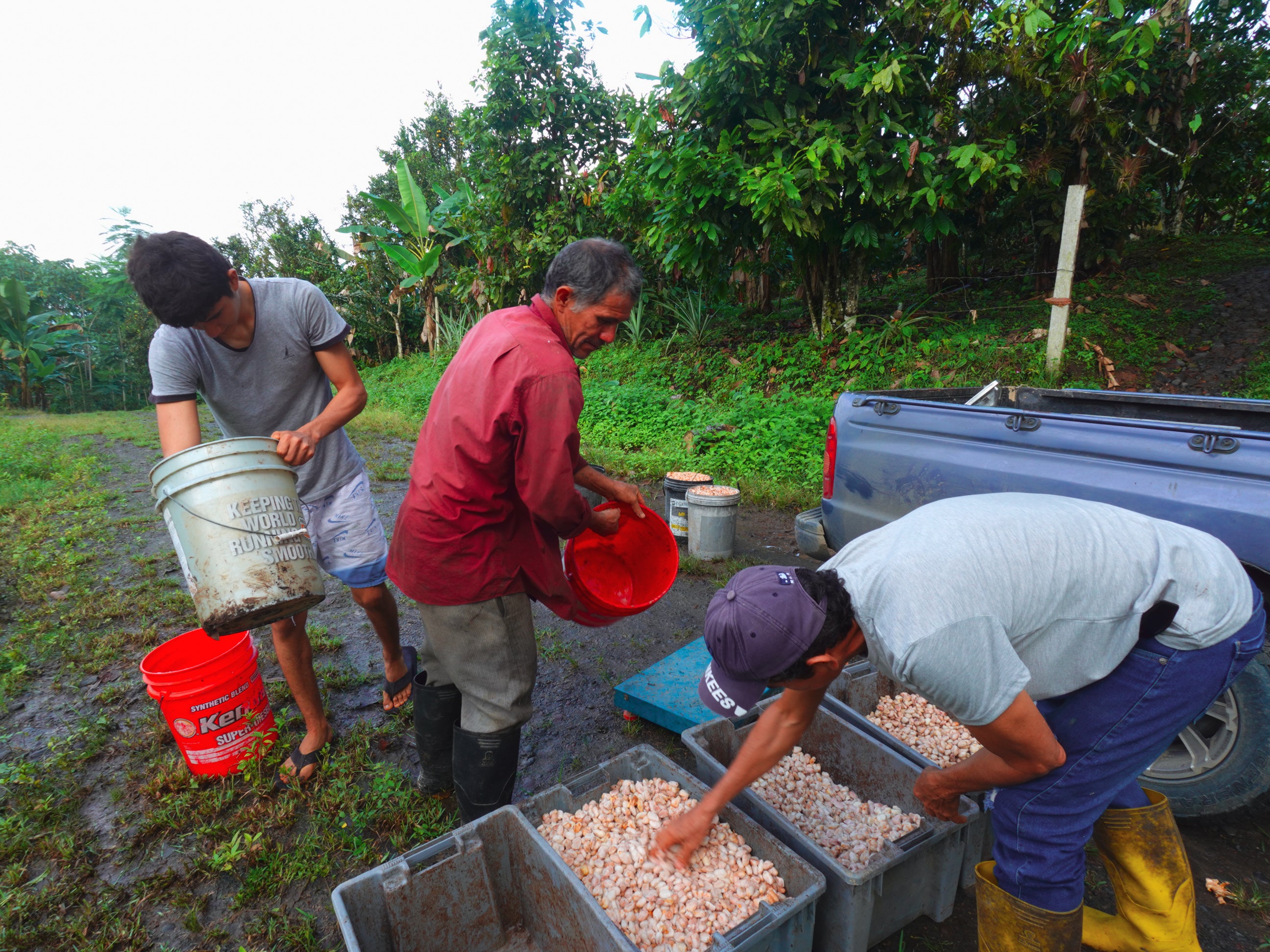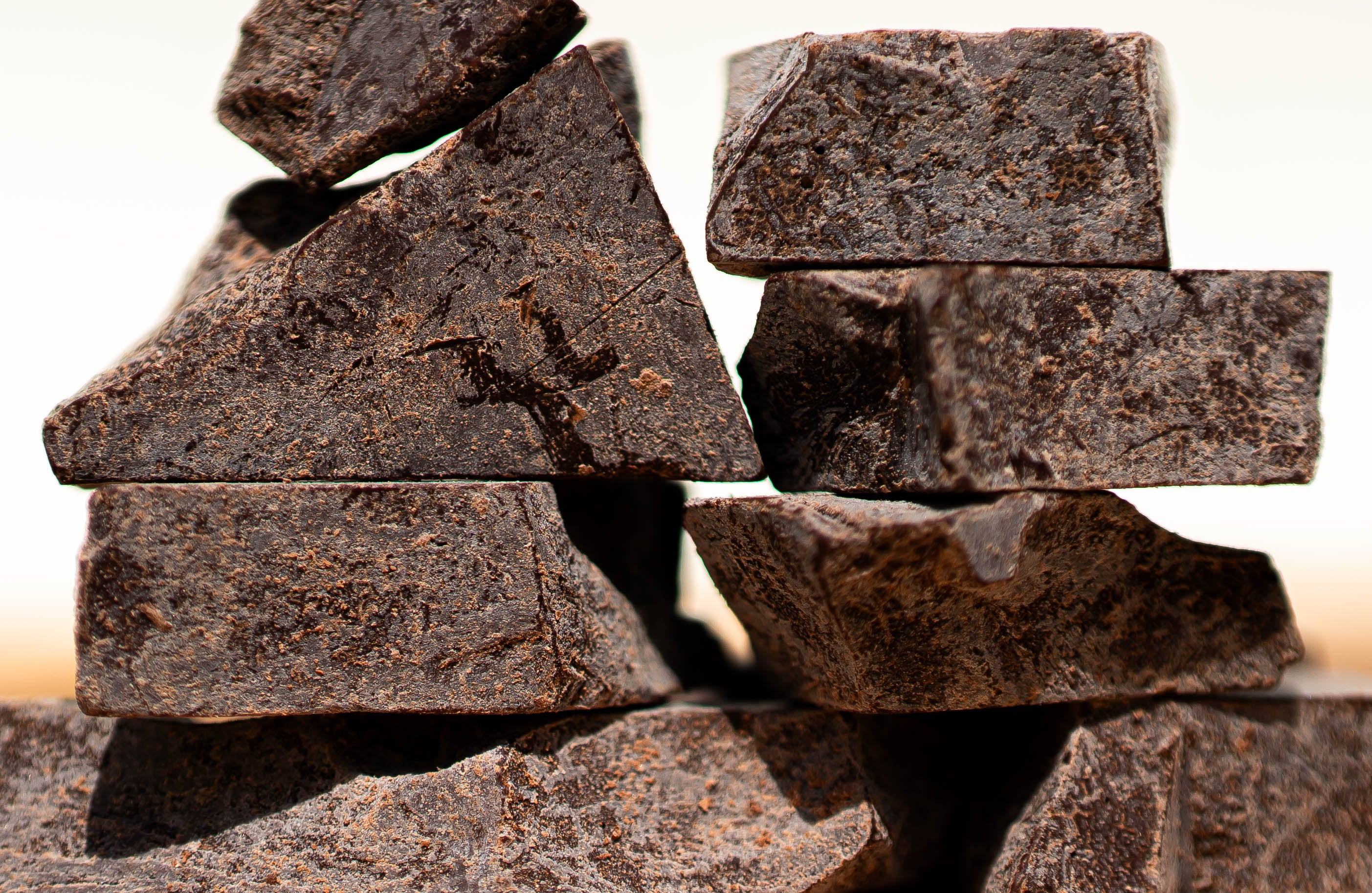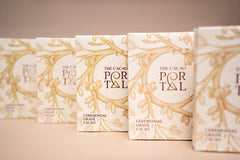A Timeless Journey Through Ecuador and its History with Cacao
Long before the arrival of European settlers, cacao was a prominent crop prepared and brewed into a sacred elixir. This elixir was embedded into the rituals and daily life of indigenous people across the amazon basin (Colombia, Ecuador, Peru) . In Ecuador, coastal civilizations such as the Manteños, Huancavilcas and the Jama- Coaque left behind artifacts highlighting the sacredness of cacao pods in ceremonies and politics. The cacao pod was a symbol of abundance, ritual and connection to the divine.

Politically speaking, these indigenous communities also recognized the economic value of cacao and established its range as a coin or form of currency. Cacao beans were used in trade, serving as a medium of exchange, a symbol of wealth and a marker of social status.
It was in inter-pacific trade routes that the cacao seed is believed to have made its way to northern American territory, cacao pods were possibly introduced into the Olmec and Mayan civilization through these economic and cultural exchanges.
The Maya Connection: Traces of Cacao Rituals in Ecuador
As we explore the annals of history, traces of cacao rituals link Ecuador to the Maya civilization. A thousand years into cacao being used and collected in ancestral indigenous civilizations in modern day Ecuador, the pods made its way to the south of modern-day Mexico. It is believed that the cacao seed was introduced into the Mayan civilization about 3,500 years ago.
Cacao's Arrival in the European Court: Ecuador's Influence on Global Trade
European colonizers, drawn by the treasures of the New World, introduced Ecuador's cacao to global tastes—the Arriba Nacional cacao. This heirloom variety, celebrated for its fine flavor profile, became the backbone of Ecuador's influence on global trade. The coastal regions, with their unique climate and soil, birthed the cacao that would captivate the palates of European royalty and establish Ecuador as a key player in the global cacao trade.
Boom and Bust: Ecuador's Cacao Industry in the 19th Century.
The 19th century witnessed the boom of Ecuador's cacao industry, with plantations expanding along the coast. Yet, this era was not without challenges. The "Green Gold Rush" brought prosperity but also exploitation and environmental degradation. The boom eventually turned to bust as monoculture practices and the devastating "witches' broom" disease led to a decline in cacao production.
Resilience and Revival: Indigenous Wisdom in Ecuador's Cacao Renaissance
To satisfy the markets, farmers and researchers took to finding a solution to the declining cacao production. The Ecuadorian cacao specialist, Homero Castro - through much trial and error was able to breed a resistant cacao strain today known as CCN-51. This cacao pod has a higher yield, resistance to “witches’ broom” and a decent flavor profile, therefore coined as the solution to the crashing cacao market.
On the other hand, we have seen a renaissance of cacao nacional in the last 15 years, years after many of its crops were cut down to be replaced by the higher yielding CCN-51. Now many Small-scale farmers revived the ancient traditions of their ancestors, emphasizing biodiversity and quality over quantity. The Nacional cacao, with its distinct flavor and aroma, emerged as a symbol of Ecuador's commitment to sustainable and ethical cacao production.

From Past to Present: Ecuador's Cacao Renaissance Continues
Today, Ecuador stands as a global leader in the cacao market, celebrated for its fine flavor and commitment to sustainable practices. The resurgence of small-batch, high-quality cacao not only revitalized the industry but also honors the indigenous roots of this cherished commodity. Ecuadorian cacao, with its cultural richness, tells a story that transcends time, blending the ancient traditions of indigenous peoples with the innovative spirit of the modern era.
As we savor the exquisite flavors of Ecuadorian cacao, we not only partake in a rich tradition but also pay homage to the rural communities that have safeguarded the essence of this ancient crop throughout the ages, even as it transformed from a "chocolate coin" to a global culinary treasure.




